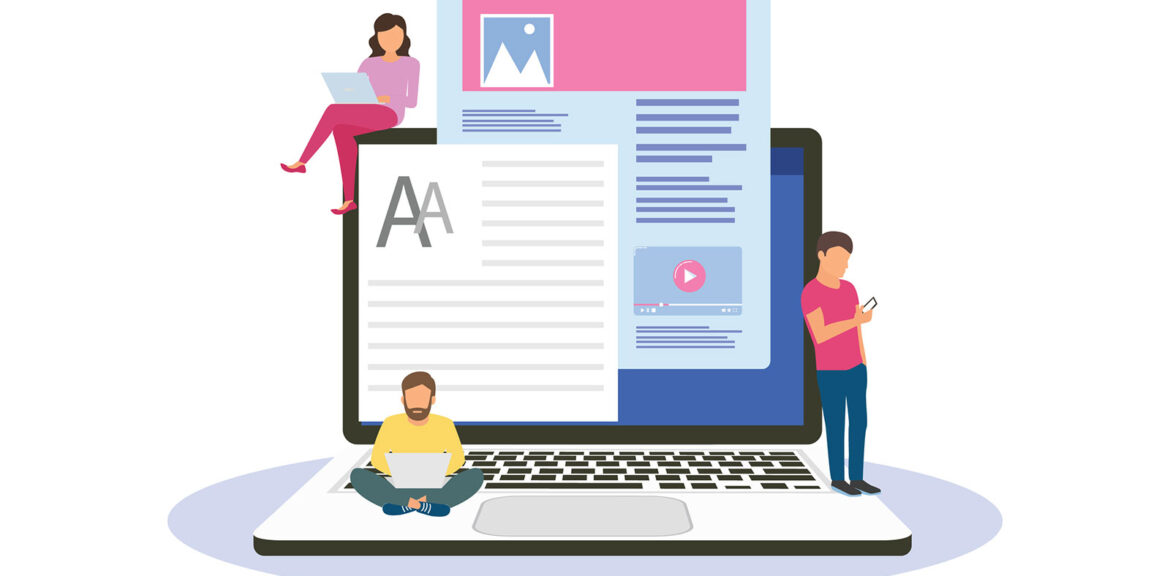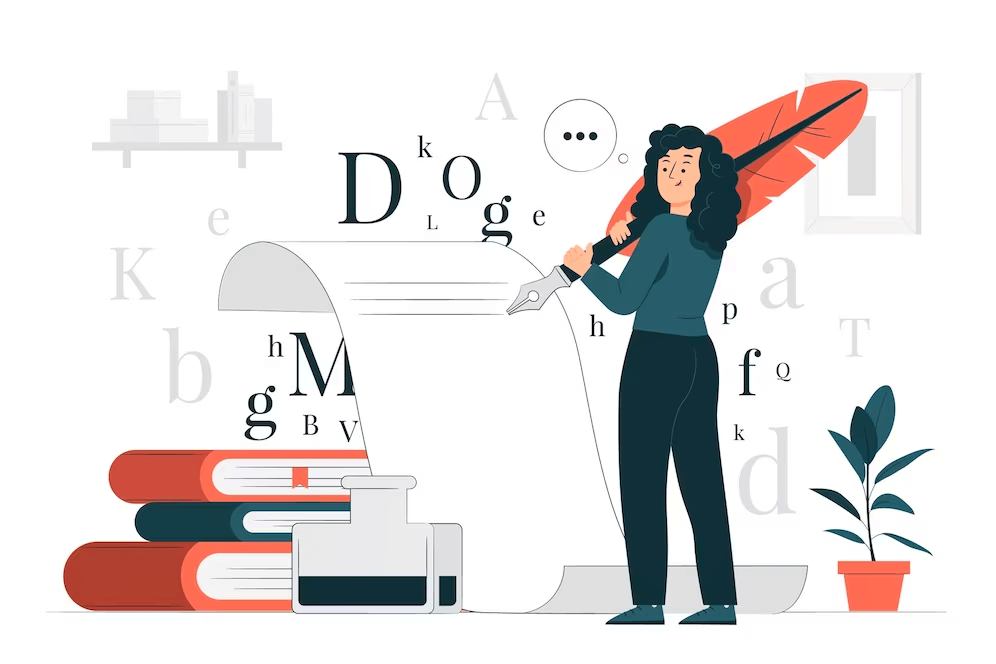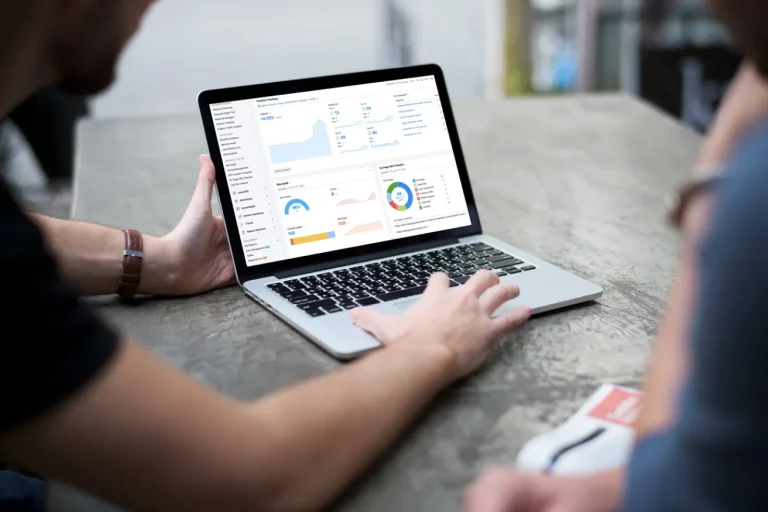Content Clarity: Your Subheading Toolbox
Have you ever stared down a wall of text, feeling overwhelmed and unsure where to begin? Long, dense paragraphs can leave readers lost and disengaged. But fear not, there’s a simple yet powerful tool that can transform your writing: the subheading. Subheadings are more than just visual breaks; they act as mini-signposts, guiding readers through your content and highlighting key points. By incorporating effective subheadings, you can dramatically enhance readability, improve organization, and ensure your message resonates with your audience. This comprehensive guide will delve into the world of subheadings, exploring their purpose, different types, and best practices for crafting compelling and informative subheads. Whether you’re a seasoned writer or just starting out, mastering the art of subheadings will empower you to create clear, concise, and impactful content.
Types of Subheadings

Subheadings come in various flavors, each serving a specific purpose and contributing to the overall structure of your content. Here’s a breakdown of two key ways to categorize subheadings:
1. Based on Function:
These subheadings focus on the role they play in guiding the reader through the content:
-
Introductory Subheadings: These act as mini-introductions, setting the stage for the upcoming section. They provide a glimpse into the topic or key point that will be discussed in detail.
-
Transitional Subheadings: These act as bridges, connecting different ideas or sections within the content. They help readers understand the relationship between what they’ve just read and what’s coming next.
-
Summarizing Subheadings: These act as concise summaries, recapping the main points of a particular section. They provide a quick refresher for readers and ensure they grasp the key takeaways.
2. Based on Level:
This categorization focuses on the hierarchical structure of subheadings within your content:
-
Level 1 Subheadings: These are the major building blocks, representing the primary points or arguments within your content. They are typically the largest and most prominent subheadings, often aligned with the main heading’s theme.
-
Level 2 Subheadings: These subheadings delve deeper into the Level 1 points, introducing sub-topics or key arguments that support the main point. They are typically smaller and nested under the corresponding Level 1 subheading.
-
Level 3 Subheadings (and beyond): In longer or more complex documents, you may encounter additional levels of subheadings. These further break down the content into even more specific details, providing granular explanations or examples.
It’s important to note that the number of subheading levels may vary depending on the length and complexity of your content. The key is to maintain a clear and logical hierarchy, ensuring the subheadings effectively guide readers through the different layers of information.
Effective Subheading Writing: Craft Compelling Mini-Headlines
Here’s a breakdown of key principles for crafting effective subheadings that inform and engage your readers:
1. Clarity and Conciseness:
- Accuracy: Subheadings should accurately reflect the content of the following section. Avoid misleading or overly broad statements.
- Action Verbs: When appropriate, use action verbs to make your subheadings dynamic and engaging.
- Conciseness: Aim for subheadings under 10 words. This ensures they provide a quick snapshot without overwhelming readers.
2. Keyword Targeting:
- Natural Integration: Incorporate relevant keywords naturally into your subheadings. This improves search engine optimization (SEO) and helps readers searching for specific information find your content.
- Strategic Placement: Consider placing your target keywords towards the beginning of the subheading for maximum impact.
3. Consistency and Flow:
- Formatting: Maintain consistent formatting throughout your document. This includes font size, style, and spacing for all levels of subheadings.
- Logical Flow: Ensure a logical flow between subheadings. Each subheading should build upon the previous one, guiding readers through a clear progression of ideas.
Examples of Subheadings in Action
Let’s explore how subheadings can be used effectively in different writing contexts:
1. Blog Post:
Main Heading: Mastering the Art of Baking Bread
-
Level 1 Subheading: Essential Ingredients and Tools
- Level 2 Subheading:** Choosing the Right Flour
- Level 2 Subheading:** Must-Have Baking Equipment
-
Level 1 Subheading: Step-by-Step Baking Guide
- Level 2 Subheading:** Activating the Yeast
- Level 2 Subheading:** Kneading and Shaping the Dough
- Level 2 Subheading:** Achieving the Perfect Golden Brown
-
Level 1 Subheading: Troubleshooting Common Baking Issues
- Level 2 Subheading:** Dense Bread? Here’s Why (and How to Fix It)
- Level 2 Subheading:** Burnt Crust? Don’t Panic!
2. Research Paper:
Main Heading: The Impact of Climate Change on Marine Ecosystems
-
Level 1 Subheading: Rising Ocean Temperatures
- Level 2 Subheading:** Coral Bleaching and Reef Destruction
- Level 2 Subheading:** Effects on Marine Life Distribution
-
Level 1 Subheading: Ocean Acidification
- Level 2 Subheading:** Chemical Changes in Ocean Water
- Level 2 Subheading:** Consequences for Shell-Building Organisms
-
Level 1 Subheading: Proposed Solutions and Mitigation Strategies
- Level 2 Subheading:** Reducing Greenhouse Gas Emissions
- Level 2 Subheading:** Marine Conservation Efforts
3. Business Report:
Main Heading: Q3 Sales Performance Analysis
-
Level 1 Subheading: Overall Sales Growth Trends
- Level 2 Subheading:** Comparison to Previous Quarters
- Level 2 Subheading:** Market Performance Analysis
-
Level 1 Subheading: Top-Performing Product Categories
- Level 2 Subheading:** Factors Contributing to Success
-
Level 1 Subheading: Regional Sales Performance
- Level 2 Subheading:** Identifying Strong and Underperforming Markets
- Level 2 Subheading:** Regional Marketing Strategies for Improvement
These are just a few examples, and the specific subheadings you use will vary depending on your content and purpose. However, they illustrate the power of subheadings in creating clear, organized, and engaging content.
Additional Considerations for Mastering Subheadings
While the core principles of subheading creation are established, here are some additional considerations to elevate your subheading game:
- Numbering Subheadings (Optional): In some cases, numbering subheadings can enhance clarity and organization, particularly for complex content with multiple levels of subheadings. This is often seen in technical documents, instructions, or lengthy reports.
Pros:
- Makes it easier to reference specific sections (e.g., “See Section 3.2 for troubleshooting tips”).
- Provides a clear hierarchy and visual structure, especially for longer documents.
Cons:
-
May appear overly technical or formal for certain writing styles.
-
Can be unnecessary for shorter content with clear subheading wording.
-
Visual Elements with Subheadings: Subheadings can be paired with visual elements like bullet points or numbered lists to further enhance readability and organization.
-
Bullet Points: Effective for concise lists or key takeaways within a section.
-
Numbered Lists: Ideal for step-by-step instructions or processes that require a specific order.
-
Tools and Resources: Several online tools and style guides can assist you in creating effective subheadings. These tools often offer suggestions for formatting, hierarchy, and keyword optimization. Additionally, style guides from your field (e.g., APA, MLA, Chicago) may provide specific guidelines for subheading use in academic documents.
By considering these additional tips, you can ensure your subheadings not only guide readers but also make your content visually appealing and user-friendly.
Conclusion
Does your content feel like a long, winding road with no exits? Subheadings are your secret weapon, transforming it into a clear highway with easy-to-spot landmarks. They break down dense information, guide readers like a trusty sidekick through each section, and make your content a breeze to navigate. Imagine Captain America’s shield deflecting reader confusion – that’s the power of subheadings! Ready to craft compelling subheadings and transform your writing into a content juggernaut? ONextDigital can help with content strategy and branding, ensuring your message is clear, concise, and so engaging, we’ll leave your readers wanting more. We won’t just skim – we’ll be actively searching for your next captivating subheading! Contact us today.





